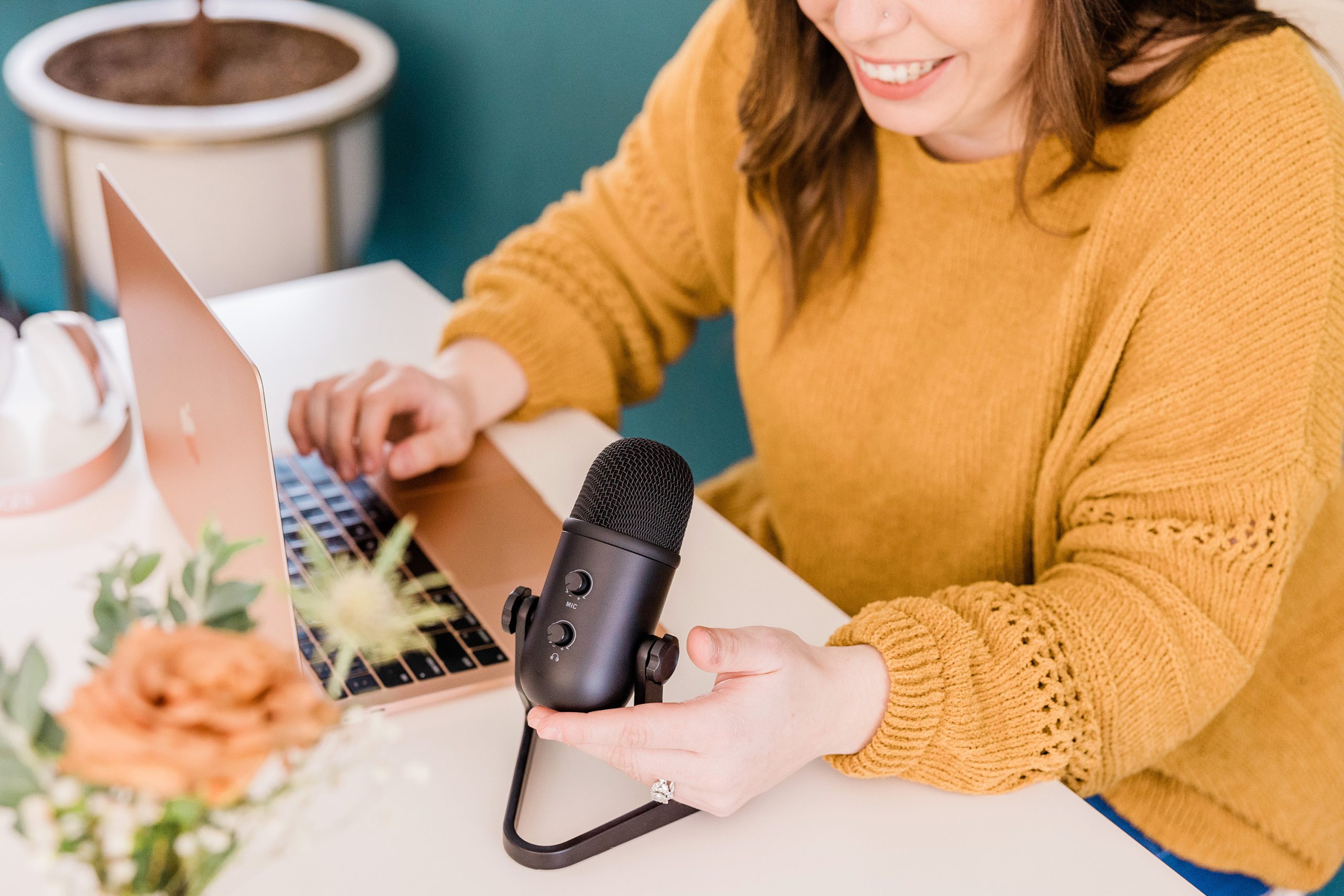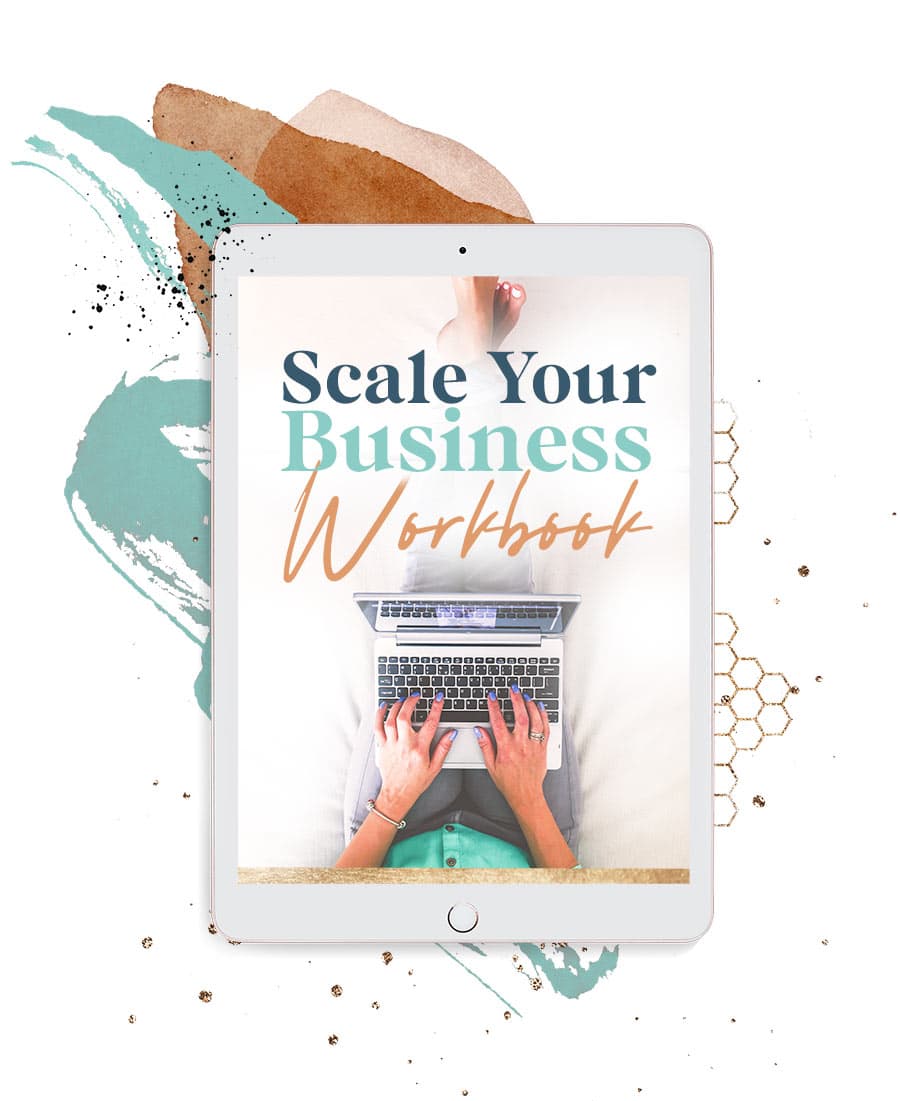Who doesn’t love a good podcast? They’re educational, entertaining and you can listen to them from literally anywhere–from your SoulCycle bike to the kids’ school drop off line.
But did you also know they’re a fantastic, fun way to scale your business and make more money?
If you’re audio-obsessed or a total natural on the mic, then you need to know about the private podcast.
If you haven’t heard the term (or aren’t 100% sure what it means), here’s the gist: A private podcast is exactly like a regular podcast, except your subscribers have to pay a small fee to access it.
That’s it!
By charging listeners a monthly subscription fee, you can generate additional revenue from your podcast that can be used to scale your business. Plus, a private podcast can also provide you with valuable feedback from your audience that can help you improve your business. It’s a total win all-around.
So, if the thought of getting paid upfront for the valuable content you dish out on your podcast sounds dreamy, but you’re not sure where to start, you’re in the right place.
Here’s a quick step-by-step guide to setting up a private podcast that will boost your profit & help you reach more people:
1) Craft a Clear Podcast Strategy
Like any podcast, clarity is key. Before you whip out your ol’ Snowball mic, you’ll need to map out exactly what your private podcast is about and who it’s for. Who’s your ideal private pod listener and what do you want to help them learn or achieve? You’ll also want to get clear on your own goals for the podcast. Is this a lower-priced introductory offer that you’ll use to help upsell your listeners into other higher-level offers or is it another income stream to help pad your bank account between clients or launches?
While you can absolutely have both a private and public podcast, the needs and desires of the listeners’ will likely be slightly different.
2) Choose a Hosting Platform that Supports Private Podcasts
Unfortunately, neither Apple Podcasts nor Spotify currently offer support for private podcasts. Cue the sad trombone! That said, there are plenty of other smaller third-party hosting platforms to use, including some that are designed specifically for private podcasts. My go-to is HelloAudio, and you try it out for free for 7-days right here.
3) Create High-Quality Content
When it comes to private podcasts, quality is everything. Of course, you’ll not only need to create relevant, valuable episode content (more on that in a sec!), but you also need to make sure your audio is crystal clear & free of distractions and background noise.
You’ll need the usual suspects to do this: a high-quality microphone, headphones, and recording software. And while you don’t have to have the best of the best to get started, it’s definitely important that your equipment provides the best audio quality possible. At the very least, you’ll want to make sure your audio is clear and free of background noise. But seriously–if you can afford to work with a professional editor or producer, do it! This way, you can focus on the content of your episodes and leave the technical details to someone else.
As far as what you should actually talk about on your shiny new private pod? Well, since subscribers are paying a fee to access this content, you’ll want to dive a bit deeper than you might in a public podcast. You’ll want to make sure every single episode is highly relevant, valuable and–in most cases–exclusive.
For example, you can use your private podcast to tackle controversial topics, provide hot takes (and/or your ‘unpopular opinions’) or dole out more behind-the-scenes or in-depth details than you would publicly. You can also include special perks, like deals and coupons for your other offers.
Basically? You want to make sure your podcast feels “worth” paying a premium for. And if you’re ever struggling, you can always ask your audience–and/or subscribers–exactly what they’d like to hear from you.
4) Promote It
To actually make money from your private pod, you need people to subscribe! Use social media, email marketing, and other channels to let people know about your show and how they can subscribe.
You can also create a dedicated sales page for your private podcast. Treat it like any other offer in your arsenal and make sure you give it air time (pun intended) when telling others about what you offer.
5) Commit!
A private podcast isn’t necessarily designed to be a major money-maker, but it’s a fabulous way to reach more people, create recurring and stable revenue and free up your time to work on other projects, while still maintain a baseline level of income.
And if you want to get creative to increase your revenue (without piling more work onto your plate!), you can also offer hefty discounts on quarterly or yearly subscriptions to lock-in income upfront.
At the end of the day, a private podcast will require upkeep just like any other income stream – from brainstorming and recording relevant episodes to promoting it like anything else you sell.
Also, don’t forget that this is your podcast, so don’t be shy about plugging your own products and services in your episodes and show notes pages. (Yep, you’ll want to create those for your private podcast, too!)
6) Get Feedback & Keep Improving
As with anything, your private podcast will get better with time as you learn what works and what doesn’t. Ask for feedback from listeners so you can continue to improve the quality of your show.
Just like anything else, you’ll need to measure the success of your podcast. This can be done by analyzing your listener numbers (aka who is actually listening to the podcast they pay for) and number of subscribers from month-to-month.
A private podcast truly can be a powerful tool for both sharing your message and putting more, stable money in the bank.
Ready to get started? Click here to try a 7-day free trial of HelloAudio, my go-to program for private podcasts.







